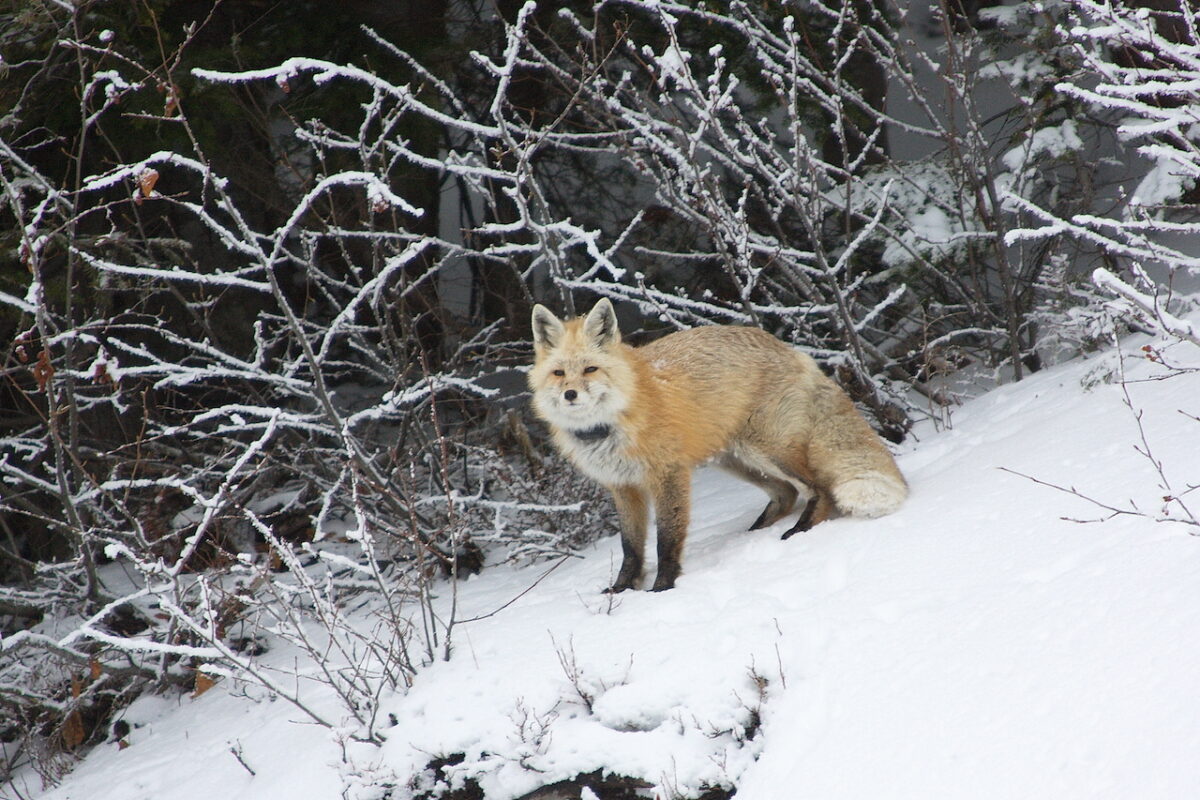
Stop Trapping Red Foxes In WA Cascades NFs: Unusual WDFW E-reg
It was bound to happen: After who knows how many thousands upon thousands upon thousands of WDFW emergency fishing rule change notices that have come across my desk over the years, at 5:09 p.m. PST this evening I received what appears to be my first ever Washington trapping rule change notice.

I do have a question in to WDFW to confirm that particular factoid, but given that it’s a Friday evening, it may be awhile.
Regardless, let it be known far and wide that effective immediately, the trapping of foxes has been closed in national forests up and down Washington’s Cascades.
“This rule is necessary to protect populations of Cascade red fox, which are listed as a state endangered species in Washington. There is insufficient time to adopt permanent rules,” the WDFW notice states.
Affected federal forests include the “Mount Baker-Snoqualmie, Okanogan, Wenatchee, and Gifford Pinchot.”
I’m a whiz at navigating wdfw.com, but I am struggling to find stats that would flesh out the trapping take of foxes in Washington.
I note all of this for the enduring historical record, and as such, Cascade red foxes were reaffirmed as state-endangered by the Washington Fish and Wildlife Commission back in January 2023 after the panel had previously done so in October 2022 following an initial threatened recommendation from WDFW.
They are a different subspecies – Vulpes vulpes cascadensis – than the one that ended up on San Juan Island – Vulpes vulpes – to the delight of photographers but maybe not so much residents or campers subjected to their amorous bellowing during the fox spawn.
Ask me how I know.
Beyond that, I couldn’t tell you much more about Cascade red foxes, except that they “historically occurred in subalpine meadow, parkland, upper montane forest, and alpine habitats” of the Cascades and southern BC, are sensitive to a changing climate and considered to be a “species of greatest conservation need,” and I think there was some concern about interbreeding with those other foxes when this came up early last year.
I do, however, remember a story the great Scott Sandsberry did at the Yakima Herald-Republic about a potential wolf sighting that turned out to be a Cascade red fox.
Anyway, the rule change notice runs through March 31, the end of the trapping license year, so be advised.
FWIW.
For the record, I can only recall one hunting emergency rule change notice, which centered around the use of electronic calls for snow geese, and came out just about this exact same time of year.
